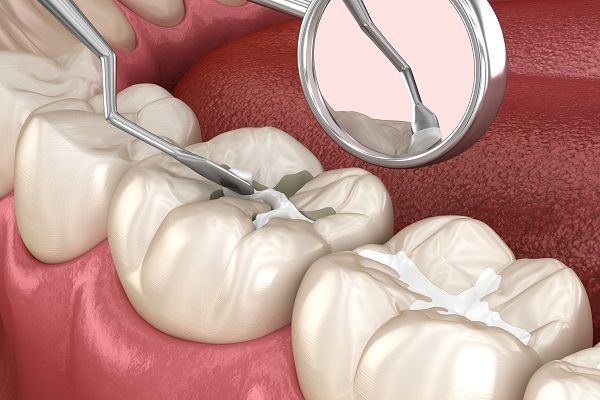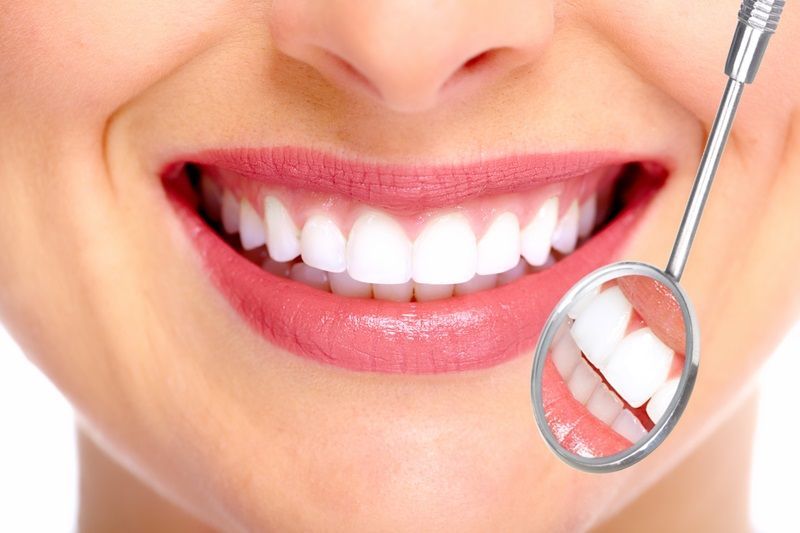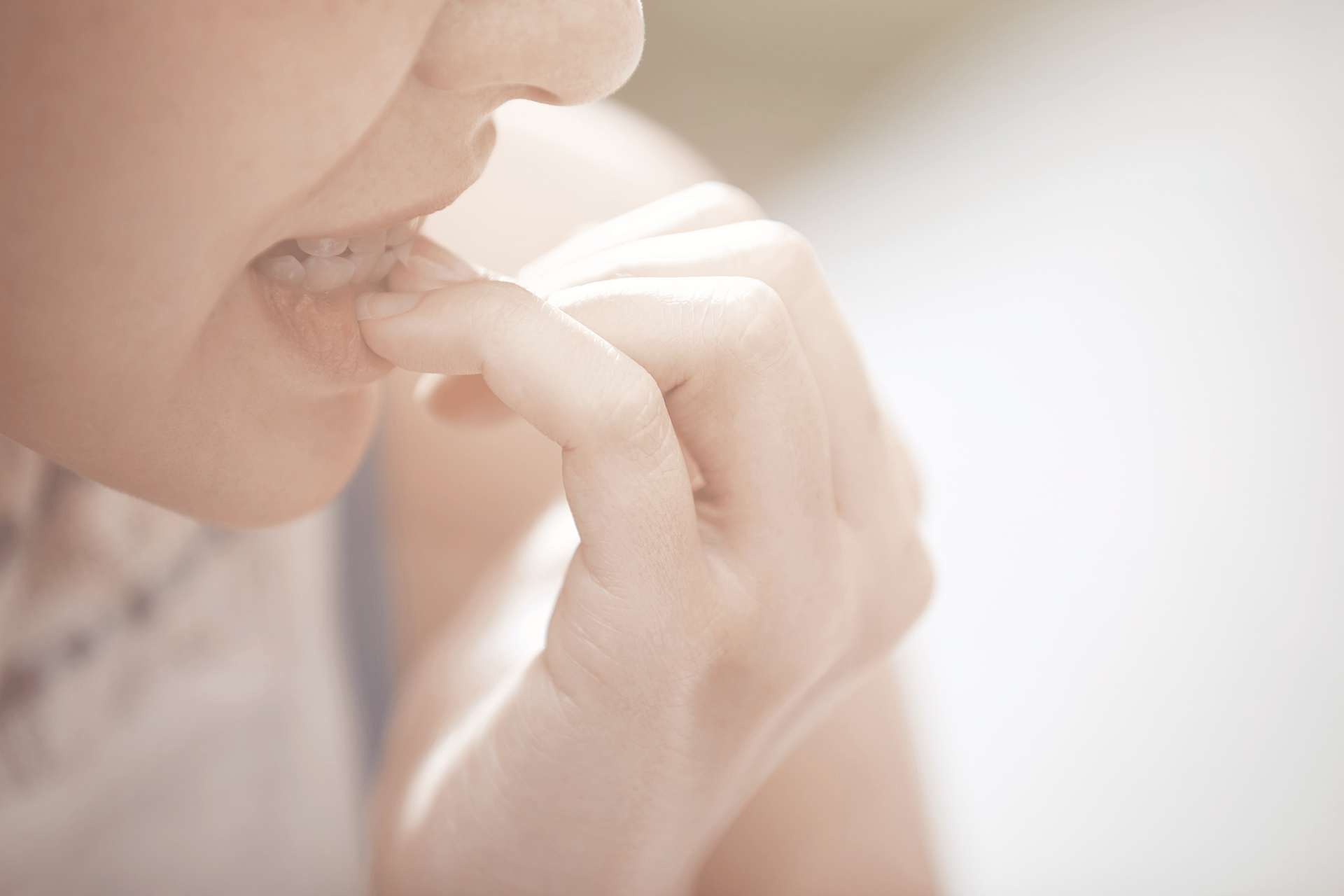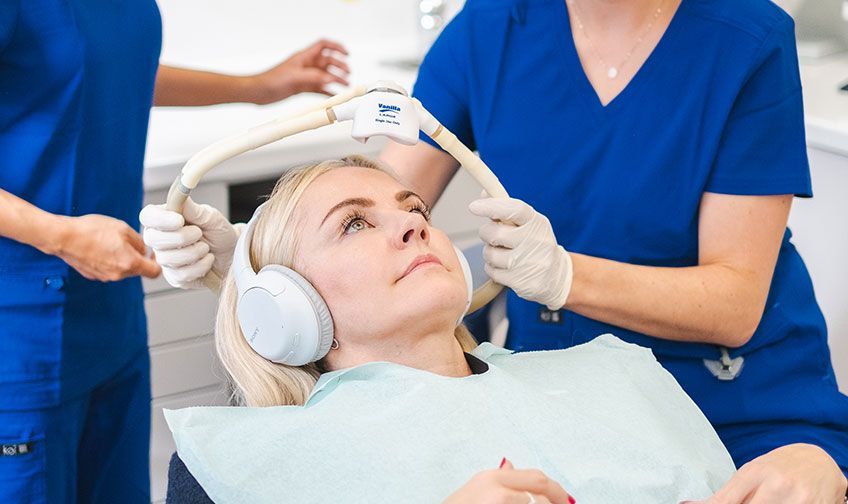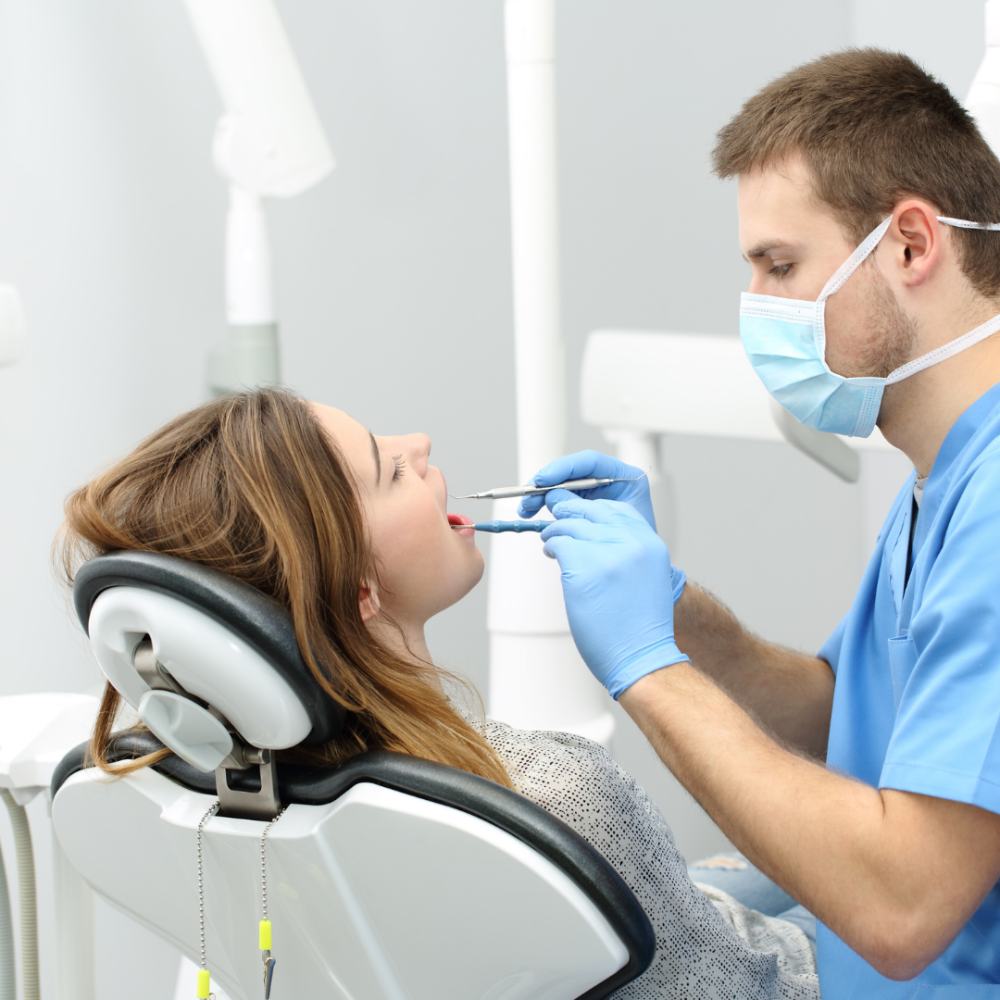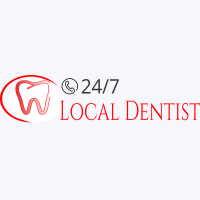The simple acts of speaking, chewing and swallowing are easy to take for granted. But for those who suffer from temporomandibular joint (TMJ) disorder , every jaw movement results in pain. Even when the jaws are at rest, those affected may still experience discomfort.
As our blog post — “ Jaw Pain? It Could be a TMJ Disorder! ” — covers, the temporomandibular joint is the joint that connects the jawbone to the skull. It is crucial for speaking, chewing and swallowing. TMJ occurs when the joint is injured, damaged or overused. Symptoms of TMJ often include jaw locking, clicking and popping, which may be heard in the ears. This can contribute to ear pain, temple pain and headaches, and stiff or sore jaw muscles. Symptoms can also range from mild to debilitating — for example — by impeding on one’s ability to chew and swallow.
What Is TMJ Disorder?
To go into further anatomical detail about the temporomandibular joints and the mechanics involved in TMJ disorder, these joints are located on both sides of the face, connecting the jaw to the skull. By acting as a pair of sliding hinges, they allow you to open and close your mouth. The joints consist of three parts: a ball, a disc and a socket. The disc acts as a cushion for the ball and socket, but it can be disrupted — thereby causing pain in the jaw, ear and head.
However, according to the National Institute of Dental and Craniofacial Research (NIDCR), TMJ disorder is seldom a neatly categorized condition, but rather a group of conditions that cause pain and dysfunction in the jaw joint and muscles that control jaw movement.
Researchers generally agree that the conditions fall into three main categories:
- Myofascial pain, which involves discomfort or pain in the muscles that control jaw function.
- Internal derangement of the joint, which involves a displaced disc, dislocated jaw, or injury to the condyle (the smooth surface area at the end of the bone).
- Arthritis, which refers to a group of degenerative/inflammatory joint disorders that can affect the temporomandibular joint.
A person suffering with TMJ disorder may have one or more of these conditions at the same time.
Symptoms are often obvious, but, as previously mentioned, may present in areas other than the jaw itself. Symptoms may also show up on only one side of the face, or both. The most common include the following:
- Jaw pain
- Clicking or popping sound from the TMJ site
- Limited jaw movement
- Ear pain/ache
- Popping sound in ears
- Headaches
- Stiff or sore jaw muscles
- Pain in the temples, face or neck
- Locking of the jaw
- Shift in the jaw, changing the way that the upper and lower teeth align (called malocclusion )
What Are The Causes of TMJ Disorder?
According to Mayo Clinic , the exact cause of an individual’s TMJ disorder is often difficult to determine. Pain may be due to a combination of factors, such as genetics, arthritis or jaw injury. Some people who have jaw pain also tend to clench or grind their teeth (bruxism), although many people habitually clench or grind their teeth and never develop TMJ disorders. Other causes can include infection, certain autoimmune diseases and tooth/jaw misalignment. In addition, TMJ disorder is more commonly found in women between the ages of 18 and 44. Research is currently underway to determine if estrogen plays a role.
Recently, the stress many people have experienced while coping with the significant disruptions caused by the COVID-19 pandemic has been implicated as a contributing factor in some patients.
How Do You Treat TMJ Disorder?
According to the NIDCR , there is currently no widely accepted, standard test available to correctly diagnose TMJ disorders. A doctor or dentist may order such imaging tests as an X-ray, CT scan or MRI to find evidence “Because the exact causes and symptoms are not clear, identifying these disorders can be difficult and confusing.”
As the NIDCR states, “Because more studies are needed on the safety and effectiveness of most treatments for jaw joint and muscle disorders, experts strongly recommend using the most conservative, reversible treatments possible. Conservative treatments do not invade the tissues of the face, jaw, or joint, or involve surgery. Reversible treatments do not cause permanent changes in the structure or position of the jaw or teeth. Even when TMJ disorders have become persistent, most patients still do not need aggressive types of treatment.”
The following are common treatments for TMJ disorder. However, see your dentist or other healthcare provider for a diagnosis and treatment plan first. Do not diagnose yourself. What you assume to be TMJ disorder could have another cause, or the treatments you choose for yourself could make the condition worse.
- Short-term use of over-the-counter pain medicines or nonsteroidal anti-inflammatory drugs (NSAIDs), such as ibuprofen.
- The use of a stabilization splint, or bite guard, that fits over upper or lower teeth. If this is recommended, it should be used only for a short time and should not cause permanent changes in bite.
- Botox injections . Although still considered experimental, it is being used to treat TMJ symptoms. If you feel this could help, discuss Botox injections with your dentist or healthcare provider to learn if it’s an appropriate option for your situation.
You can practice simple self-help measures to alleviate discomfort. The NIDCR recommends the following:
- Eat soft foods; avoid hard, crunchy foods.
- Apply an ice pack during episodes.
- Avoid extreme jaw movements, such as wide yawning, loud singing and gum chewing.
- Learn techniques to relax and reduce stress, such as meditation or biofeedback.
Your dentist or healthcare provider also may recommend jaw exercises to relieve pain or discomfort. While such exercises can be found online, we again advise you to consult with a medical professional before beginning. Even if you’re given the go-ahead, TMJ exercises shouldn’t be done when you’re in severe pain.
The Take-Home Message
Although the pain associated with TMJ disorder is temporary and may stop on its own, it still has a negative impact on one’s quality of life during the episode — while more severe cases definitely require medical intervention. The ability to go through the day, focus on matters at hand and sleep well at night are all worth a great deal. Getting an accurate diagnosis and appropriate treatment can make a big difference in your overall outlook and ability to function at your best.
Our 24/7 Local Dentist team provides experienced treatment of TMJ disorder . We know that the main concern you may have is cost, which is why we accept all major PPO plans for dental insurance and also offer our in-house dental plan. Please visit our financing page for more information.
At 24/7 Local Dentist , it is our mission to provide the highest quality and most compassionate oral care to our Chicago patients, including dental , orthodontic and periodontal services . Our dental specialists include our general dentist, Dr. Nilofer Khan , our periodontist, Dr. Amir Danesh , and our endodontist, Dr. Sabek .
